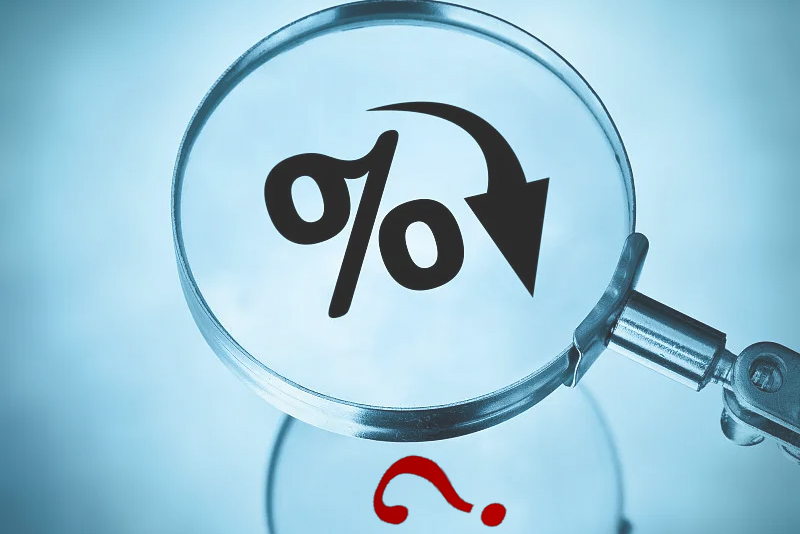

As an economist who swapped academia for the wild, wild world of media commentary, I’ve always been bemused about big call merchants and how lucky they are that journalists don’t remember those predictions when they’re wrong. Happily, I can’t recall big calls I’ve made that were off the money, but maybe I’m being nice to myself.
Fortunately, the thousands of readers who’ve followed me over the decades haven’t been determined to make me remember my bad calls, that is, if I’ve made them!
On the subject of big calls, respected economist Chris Richardson (who now is independent after being a founder of Access Economics before it was bought by Deloitte) told SMH readers that Aussies might have to wait until Santa comes along before they’ll see the ‘gift’ of a rate cut.
That’s a big call, which will rock a lot of people’s confidence so I thought it wise and fair to explain that other economists have other views on when interest rates will start falling.
Before I showcase the guesses of other economists on when rate cuts will start, the consensus view is currently around September.
Richardson accepts the news on the fall in inflation has been better than expected and should be cause to believe that rates could be cut soon. The economist who thinks June is a chance is AMP’s Shane Oliver, who argued after the last rates decision in March that the best-case scenario is that “the first rate cut will come in June, but there is a high risk that rate cuts get delayed until August or September”.
However, lately he has become firmer, stating the following: “Our assessment remains that the combination of weaker growth and a faster fall in inflation than the RBA currently expects will ultimately force its hand and we continue to see it cutting rates from mid-year with three 0.25% rate cuts by year’s end, taking the cash rate down to 3.6% by December.”
Around the same time as Shane made his call, CBA’s economics team came up with this assessment: “We continue to expect an easing cycle commencing in September (we have 75bp of rate cuts in our profile in late 2024 and a further 75bp of easing in H125, which would take the cash rate to 2.85%).”
Here we have a later start but a far more optimistic forecast on cuts than Chris Richardson. So, what makes him think the RBA will be forced to wait until the end of the year to give relief to interest rate worriers?
Try these concerns:
All this can’t be discounted but his worrying view does rest on how slow the economy is right now. Over the next couple of months, we’ll see data that could surprise us to the high side or the low side when it comes to assessing how strong or how weak the economy is right now.
And it will be that data that I think will have the biggest impact on the RBA. If this economy looks like it’s slowing faster than expected, then a mid-year cut could easily happen.
Remember, the December quarter economic growth number was a very low 0.2%. If the next one is lower and negative, RBA governor Michele Bullock will have to have a lot of guts to remain firm on no rate cuts, especially if they’re cutting in the USA.
Watching local data on the strength of our economy will be crucial to when rates are cut. Meanwhile, I’ll also watch US economic data closely. This Friday the Yanks get the March jobs report, which could give us a good idea about whether the Federal Reserve could move on rate cuts by mid-year. Rate cuts and when they happen are a work-in-progress, but I think we’ll see cuts before we start shopping for Christmas presents.